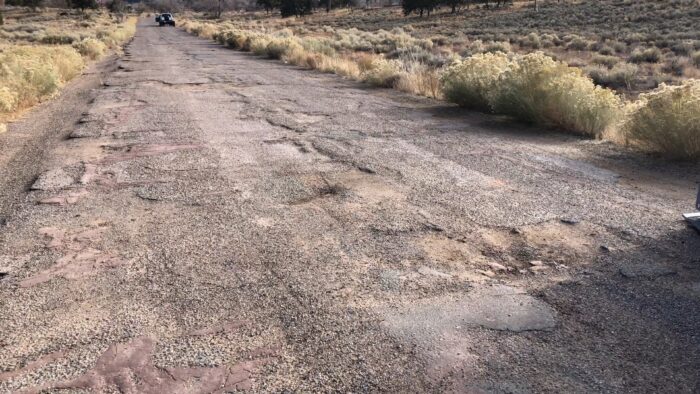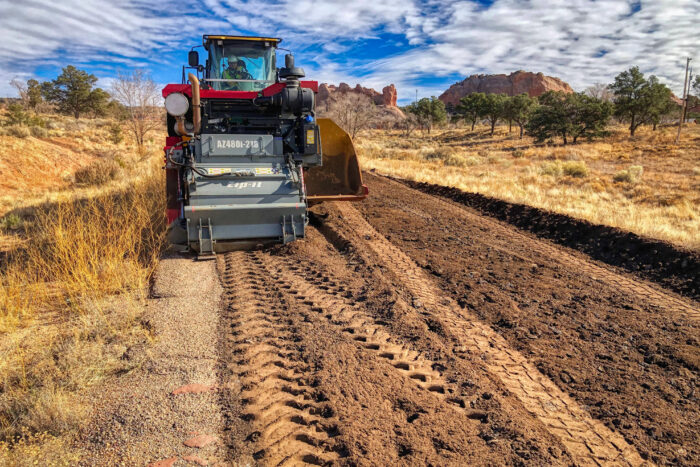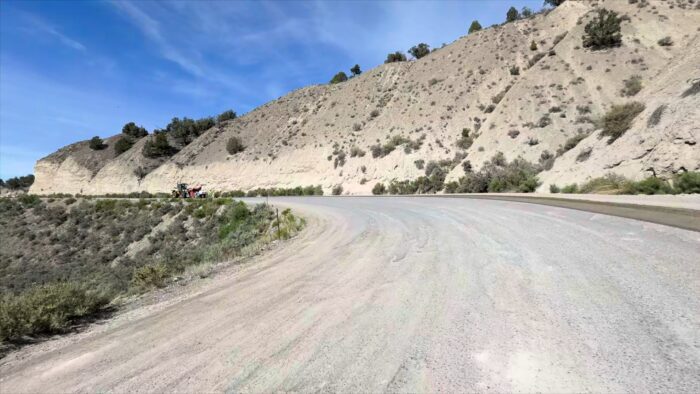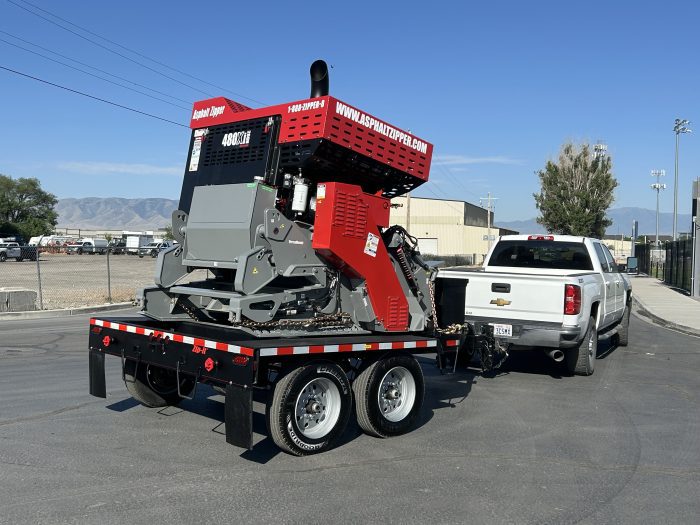
The Bureau of Indian Affairs (BIA) has a transportation budget of $628 Million for 2026. With 57,000 miles of roads in Indian Country, this equates to $11,017.54 per mile. On the other hand, The National Highway System has a budget of $72.6 Billion. Divided over 164,000 miles of roads, national highways receive $442,682.93 per mile.
This budget discrepancy may be because an estimated 70% of Indian Country roads are unpaved, with much less traffic. However, well-maintained roads are critical to quality of life, allowing access to education, work, and increased tourism revenue.
Native nations can compensate several ways for this lack of transportation funding. In-house road repairs, full-depth reclamation and base stabilization, the right equipment, maintenance crew training, and developing a road maintenance plan can contribute to better-maintained tribal-system roads.
Implement In-House Road Repairs
One of the best ways to stretch a small road repair budget is by doing your own road repairs in-house. Contracting out is generally significantly more expensive, with far less control over project quality and timelines. As little as a two to three man crew can perform a wide range of long-lasting and cost effective road repairs for a small fraction of the cost. In fact, in-house road repairs are often at least 70% less expensive than hiring a contractor.
Full-Depth Reclamation (FDR)

Full-Depth Reclamation is a surprisingly simple method of road repair that even a small crew can undertake. Most potholes, ruts and cracks are the result of road base problems. Repairing only the surface means the same problems will keep coming back in the same place, usually larger than before.
With FDR, a road reclaimer or a compact reclaimer connected to a backhoe or loader pulverizes the asphalt surface into spec comparable base material and simultaneously blends it with the existing road base. Next, crews grade, add water, compact, and apply a new wear surface. Using recycled road base from the existing pavement provides a more stable base for the new road surface. Visit this page for more information on FDR.
Using existing road base materials also avoids the additional road base cost of hauling aggregate road base to the jobsite. Road recycling creates a more durable, longer-lasting road using it’s own recycled asphalt.
Gravel Road Repair

The full depth reclamation process works equally well for gravel roads and pothole repairs. A road reclaimer mixes the gravel on the road surface with the base, providing more uniform distribution of the existing aggregate throughout the road and improved stability. Often, this is sufficient for a significantly longer lasting gravel road.
A number of additional soil stabilization methods are also available if the soil conditions require. For example, crews can spread additional aggregate material over the road surface prior to reclamation (mechanical stabilization).
Chemical stabilization involves stabilizing the gravel with cement or another stabilizing agent. With soil cement stabilization, crews spread Portland cement or another comparable additive over the gravel road, then mix it in as part of the reclamation process. The stabilizing additive binds the fines together along with the existing material in the road base. Stabilizing techniques like these create a stronger, more durable road that will require much less future gravel road maintenance.
Invest in the Right Road Maintenance Equipment

If you have a limited budget, you might be wondering how you can afford a road reclaimer. Large reclaimer machines can be quite expensive and difficult to transport. Portable reclaimer attachments are far less expensive and easy to tow behind a work truck. They connect to a loader or backhoe bucket and harness the power of larger machines for a fraction of the cost.
After the initial investment, a portable road reclaimer allows you to do the equivalent of a full road reconstruction. With the money you save doing the repairs in house, you can pay for your machine and complete many more repairs on the same budget.
Road reclaimer attachments are also highly versatile. When used as an asphalt milling machine or asphalt grinder, they can even surface mill a few inches for a mill and fill project. Many communities and contractors also use them as asphalt grinding machines on utility trenching projects. Using the same machine as an asphalt grinder and for gravel road maintenance equipment saves even more budget dollars.
Develop a Road Maintenance Plan
Where does your tribe fall on the scale of planned and unplanned repairs? With the right equipment and processes, you can proactively plan which repairs you complete each year and take back your roads. A good maintenance plan focuses on preventative maintenance. This reduces long-term costs by repairing minor problems before they become major issues.
Conclusion
While the funding gap between tribal and national roads is large, Native nations are finding ways to stretch every dollar. They can bring more repairs in-house by investing in portable reclaimer machines. They can also utilize techniques like full-depth reclamation and soil stabilization. This allows them to make long-lasting lower cost improvements without relying solely on outside contractors.
A well-structured road maintenance plan ensures repairs are proactive rather than reactive, preventing small issues from growing into costly failures. With the right strategy, even limited budgets can deliver safer, more reliable roads—strengthening connections, supporting economic growth, and improving quality of life for tribal communities.
Google Takeaways:
- Tribal roads receive only $11,017 per mile vs. $442,683 for national highways.
- In-house road repairs reduce costs and increase control.
- Full-depth reclamation recycles asphalt into more durable road bases.
- Gravel road repairs benefit from mechanical or chemical stabilization.
- Portable road reclaimer attachments are very affordable and versatile.
- Proactive road maintenance plans prevent costly future repairs.
- Better-maintained roads improve safety, access, and economic growth.